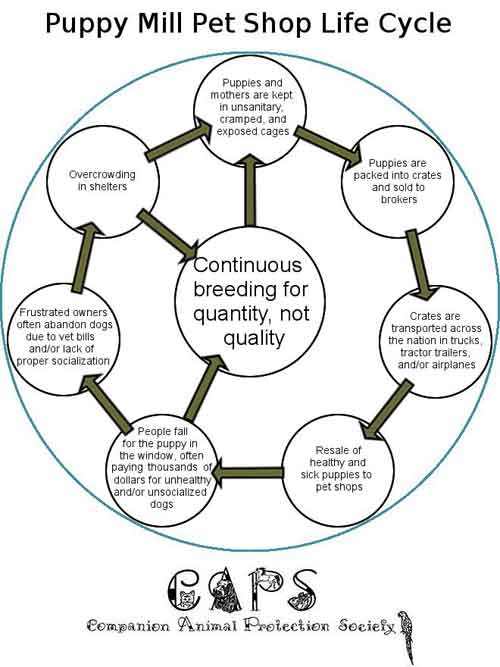How To Handle Litter Box Challenges

Litter box issues often present a significant challenge for those caring for cats, leading to frustration and concern. Understanding the complexities behind these problems is crucial for fostering a harmonious home and ensuring the well-being of feline companions.
The Many Faces of Litter Box Problems
Inappropriate elimination or avoidance of the litter box can stem from various causes, including medical conditions, environmental factors, and behavioral stressors. Health issues, such as urinary tract infections or arthritis, frequently play a role, particularly in older cats. These conditions can create discomfort or urgency, prompting avoidance behaviors. Seeking veterinary advice is essential when sudden changes in litter box habits occur, as early intervention can prevent further complications.
Environmental Factors Matter
Cats are notoriously particular about their litter box environment. Cleanliness is paramount; a dirty box filled with waste can deter even the most loyal feline. Additionally, the type of litter, the box’s location, and its accessibility influence a cat’s willingness to use it. It’s vital to ensure that the litter box setup aligns with the cat’s preferences, including factors like litter depth and box style.
Stress and Behavioral Considerations
Behavioral issues also contribute to litter box problems. Changes in household dynamics, such as introducing new pets or altering routines, can lead to anxiety. Stress-related behaviors may further complicate litter box usage, making it essential to observe the cat’s environment and interactions closely. Identifying and mitigating these stressors can significantly improve litter box habits.
Identifying the Root Causes
When litter box problems arise, the first step involves ruling out medical issues. Conditions like urinary tract infections or gastrointestinal disorders often manifest as changes in elimination behavior. If health concerns are not at play, behavioral and environmental factors should be examined. A thorough evaluation of the litter box setup, including its size, style, and location, is crucial for identifying potential deterrents.
Effective Solutions for a Happy Cat
Addressing litter box challenges requires a multi-faceted approach. First, ensuring regular cleaning of the box and using safe, unscented cleaning products is vital. Experimenting with different types of litter and box styles can also help determine the most appealing options for the cat. Maintaining a consistent routine and environment is essential for minimizing anxiety and promoting good litter box habits.
Preventing Future Issues
Preventative measures play a significant role in maintaining positive litter box behaviors. Regular health monitoring, consistent routines, and positive reinforcement can foster good habits. Understanding breed-specific tendencies can also offer insights into litter box preferences and help tailor solutions effectively. If you can proactively address litter box problems and understand the underlying causes, you can create a supportive environment for feline companions. This not only enhances the quality of life for the cat but also reduces the stress and frustration associated with inappropriate elimination. With patience and care, a happy, litter box-using cat is within reach.
The post How to Handle Litter Box Challenges appeared first on Animal Wellness Magazine.


